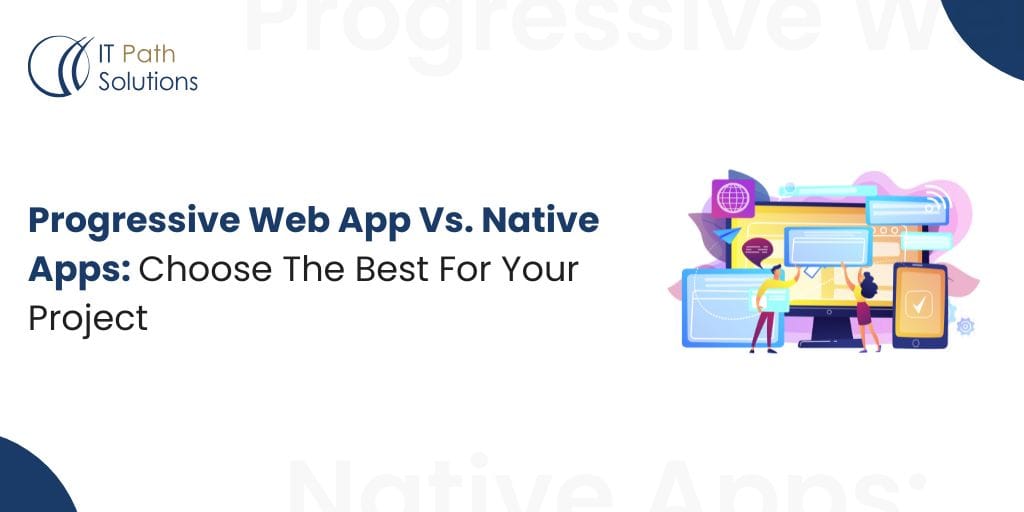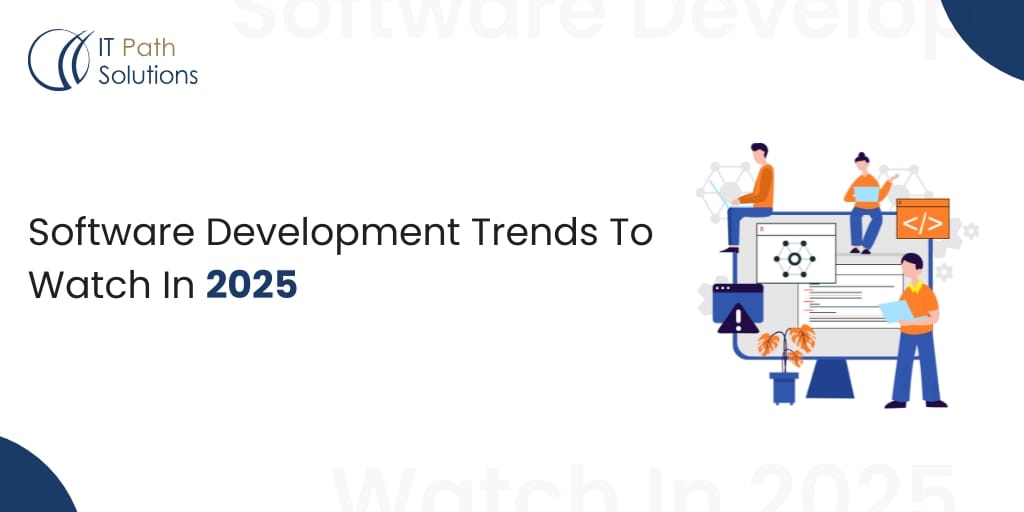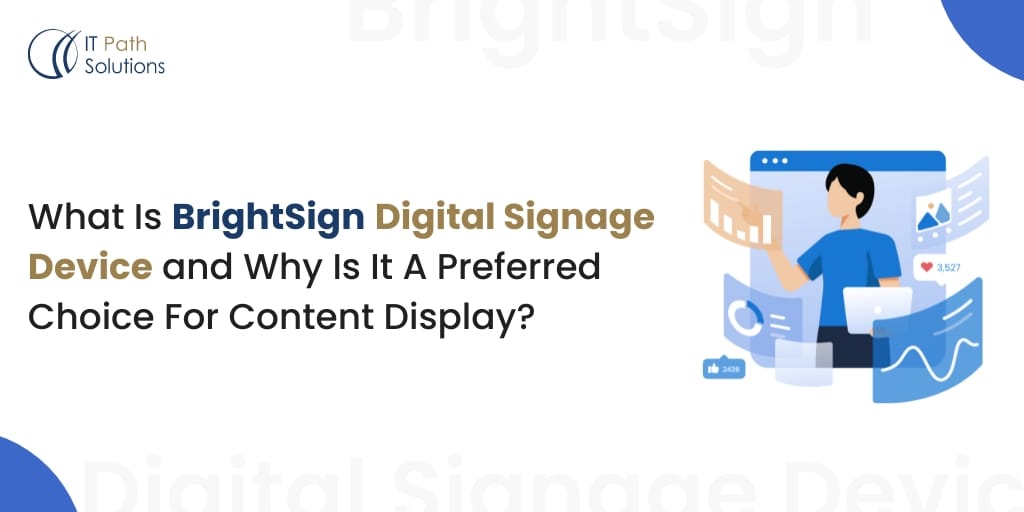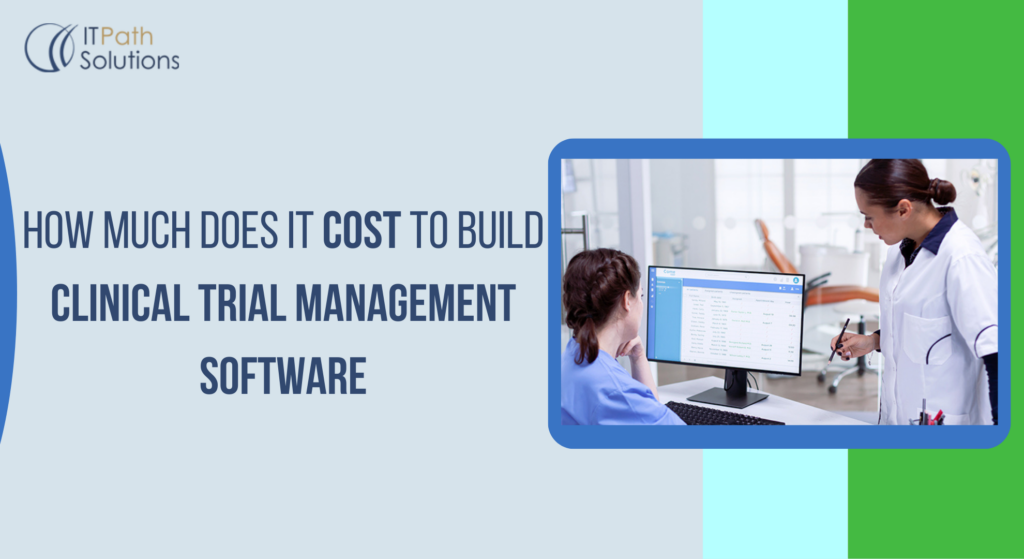Software as a Service: How To Build Your Own Custom SaaS Application
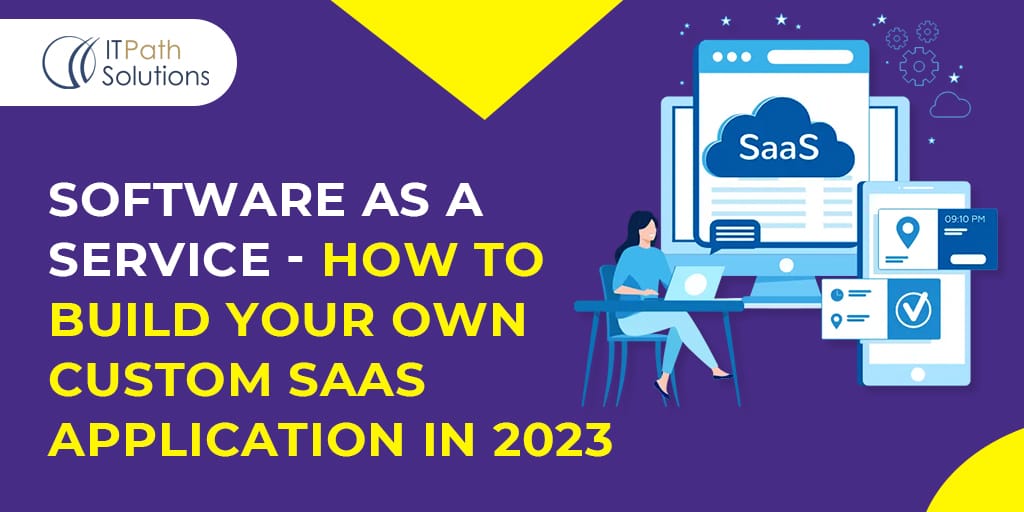
The SaaS Revolution: Understanding the Market Landscape
According to Statista’s latest market analysis, the global SaaS market continues its explosive growth trajectory with projections showing substantial expansion through 2025 and beyond. This remarkable growth reflects the fundamental shift in how businesses consume and deploy software solutions worldwide.
Moreover, industry research reveals that 85% of all business applications will be SaaS-based by 2025, up from 70% in 2023. This transformation fundamentally changes how organizations operate, scale, and deliver value to their customers across every industry vertical.
“Software is eating the world, but services are eating software.” – Marc Andreessen
This comprehensive guide will walk you through the entire process of SaaS application development, from conceptualization to deployment, ensuring you have the knowledge to transform your vision into a thriving SaaS platform.
What Makes SaaS Application Development Different?
Before diving into the development process, it’s crucial to understand what sets SaaS app development apart from traditional software development. Unlike conventional applications that users download and install locally, SaaS platforms operate entirely in the cloud, providing several distinct advantages.
First and foremost, SaaS applications follow a subscription-based revenue model that generates predictable, recurring income. Additionally, they offer seamless automatic updates without requiring user intervention. Furthermore, SaaS platforms provide multi-tenant architecture, allowing thousands of customers to use the same infrastructure while maintaining data isolation and security.
Consequently, these characteristics fundamentally influence every decision throughout the SaaS development process, from architecture choices to monetization strategies.
Phase 1: Strategic Planning for Your SaaS Platform Development
Identifying Your Target Market and Problem
The foundation of successful custom SaaS development begins with identifying a specific problem worth solving. Instead of creating yet another generic solution, you need to focus on a genuine pain point that your target audience experiences regularly.
Start by conducting thorough market research to understand your potential customers’ workflows, frustrations, and unmet needs. Subsequently, analyze existing solutions to identify gaps in functionality, user experience, or pricing that your SaaS application could address more effectively.
Moreover, consider adopting a vertical SaaS approach, which focuses on solving industry-specific challenges rather than attempting to serve everyone. This strategy has gained significant traction, as specialized solutions often command premium pricing and foster stronger customer loyalty.
Defining Your Unique Value Proposition
Once you’ve identified the problem, you need to articulate clearly why your solution deserves attention. Your unique value proposition should answer three fundamental questions: What specific problem does your SaaS solve? How does your solution differ from existing alternatives? And why should customers choose your platform over competitors?
Furthermore, your value proposition should emphasize measurable outcomes rather than just features. Instead of saying “our platform has advanced analytics,” communicate “reduce decision-making time by 60% with real-time insights.”
Validating Your SaaS Concept
Before investing substantial resources into full-scale SaaS platform development, validation becomes critical. Start by creating a minimum viable product (MVP) that demonstrates core functionality without unnecessary bells and whistles.
Additionally, engage with potential customers through interviews, surveys, and beta testing programs. Their feedback will prove invaluable in refining your approach before committing to comprehensive development. Remember, pivoting during the planning phase costs significantly less than rebuilding after launch.
Phase 2: Architecting Your SaaS Application
Choosing the Right Technology Stack
The technology stack you select for your SaaS development will impact performance, scalability, maintenance costs, and development speed. Therefore, this decision requires careful consideration of both immediate needs and long-term growth projections.
For the backend, popular choices include Node.js for its non-blocking architecture, Python with Django or Flask for rapid development, or Java/Spring Boot for enterprise-grade applications. Meanwhile, frontend frameworks like React, Vue.js, or Angular provide robust tools for building responsive, dynamic user interfaces.
Furthermore, consider your database requirements carefully. PostgreSQL offers excellent relational data handling with JSONB support for flexibility, while MongoDB provides schema-less document storage ideal for rapidly evolving data models. For many SaaS applications, a hybrid approach using both relational and NoSQL databases delivers optimal results.
Designing Multi-Tenant Architecture
Multi-tenancy represents one of the defining characteristics of SaaS application development. This architectural approach allows multiple customers (tenants) to share the same infrastructure while maintaining complete data isolation and customization capabilities.
There are three primary multi-tenancy models to consider. First, the shared database with shared schema approach maximizes resource efficiency but offers limited customization. Second, the shared database with separate schemas provides better isolation while maintaining operational efficiency. Third, separate databases for each tenant offer maximum security and customization but increase infrastructure complexity.
Most modern SaaS platforms implement a hybrid approach, using shared infrastructure for common components while isolating critical customer data. Ultimately, your choice depends on your security requirements, customization needs, and expected scale.
Building for Scalability from Day One
Scalability isn’t something you add later; it must be embedded in your architecture from the beginning. Therefore, design your SaaS platform development with growth in mind, even if you’re starting small.
Implement horizontal scaling capabilities, which allow you to add more servers as demand increases rather than upgrading to increasingly expensive single machines. Additionally, adopt microservices architecture when appropriate, breaking your application into smaller, independently deployable services that can scale individually based on demand.
Moreover, implement caching strategies using tools like Redis or Memcached to reduce database load and improve response times. Similarly, utilize content delivery networks (CDNs) to serve static assets efficiently across global locations.
Phase 3: Security and Compliance Considerations
Implementing Robust Authentication and Authorization
Security forms the backbone of successful SaaS app development. Your customers are entrusting you with their data, and any breach could destroy your reputation overnight.
Start by implementing industry-standard authentication mechanisms, including OAuth 2.0 for third-party integrations and JSON Web Tokens (JWT) for session management. Furthermore, always enforce multi-factor authentication (MFA) for administrative accounts and offer it as an option for all users.
Additionally, adopt role-based access control (RBAC) to ensure users can only access resources appropriate for their permissions. This becomes particularly important as organizations grow and need granular control over who can view, edit, or delete specific data.
Ensuring Data Protection and Privacy
With regulations like GDPR, CCPA, and industry-specific compliance requirements, data protection has become non-negotiable in custom SaaS development. Therefore, encrypt data both at rest and in transit using industry-standard protocols like AES-256 and TLS 1.3.
Moreover, implement comprehensive audit logging to track all data access and modifications. This not only supports compliance efforts but also helps identify suspicious activity before it escalates into a serious breach.
Furthermore, establish clear data retention and deletion policies, giving customers control over their information and ensuring you comply with “right to be forgotten” requirements. According to industry experts at IT Path Solutions, establishing robust data governance frameworks during the initial development phase saves substantial time and resources compared to retrofitting compliance later.
Regular Security Audits and Penetration Testing
Security isn’t a one-time implementation, it requires ongoing vigilance. Schedule regular security audits and penetration testing to identify vulnerabilities before malicious actors exploit them. Additionally, establish a responsible disclosure program that rewards security researchers who identify and report vulnerabilities ethically.
Phase 4: Developing Core Functionality
Creating an Intuitive User Interface
Even the most powerful SaaS application fails if users find it confusing or frustrating. Therefore, invest significant effort in user experience (UX) and user interface (UI) design throughout your SaaS development process.
Start with user research to understand how your target audience thinks about and approaches problems. Subsequently, create user personas and journey maps that guide design decisions. Remember, your interface should feel intuitive even to first-time users, minimizing the learning curve.
Additionally, implement responsive design principles to ensure your SaaS platform works seamlessly across devices, desktops, tablets, and smartphones. With 95% of organizations expected to adopt AI-powered SaaS applications by 2025, consider incorporating intelligent features like predictive search, smart recommendations, and conversational interfaces to enhance usability.
Building Essential SaaS Features
While specific features vary by industry and use case, certain functionalities are virtually universal in SaaS platform development. These include comprehensive user management with role-based permissions, subscription and billing management with automated invoicing, detailed analytics and reporting dashboards, and robust API access for integrations.
Moreover, implement notification systems that keep users informed about important events without overwhelming them. Similarly, build self-service account management features that allow users to update profiles, change passwords, and manage subscriptions without contacting support.
Furthermore, don’t underestimate the importance of onboarding experiences. Create interactive tutorials, tooltips, and guided workflows that help new users understand your platform’s value quickly. Research shows that users who experience early success are significantly more likely to become long-term customers.
Integrating Third-Party Services
Modern SaaS applications rarely exist in isolation. Instead, they integrate with numerous third-party services to provide comprehensive functionality without reinventing every wheel.
Common integrations include payment processors like Stripe or PayPal for subscription management, email service providers like SendGrid or Mailgun for transactional communications, and analytics platforms like Google Analytics or Mixpanel for user behavior tracking.
Additionally, consider building a robust API that allows customers to create their own integrations. This extensibility often becomes a significant competitive advantage, as organizations increasingly value platforms that fit into their existing technology ecosystems.
Phase 5: Implementing Subscription and Billing
Designing Your Pricing Strategy
Your pricing model fundamentally impacts customer acquisition, retention, and overall revenue. Therefore, carefully consider which approach aligns best with your value proposition and target market.
Common pricing models include tiered pricing, where different packages offer varying feature sets and usage limits; usage-based pricing, where customers pay for what they consume; freemium models, offering basic functionality free while charging for advanced features; and per-user pricing, which scales cost with organization size.
Moreover, consider hybrid approaches that combine elements from multiple models. For instance, you might offer tiered packages with usage-based add-ons for customers who exceed limits. Whatever structure you choose, ensure it’s simple to understand and perceives as fair value.
Building Flexible Billing Infrastructure
Your SaaS app development must include robust billing infrastructure that handles subscriptions, upgrades, downgrades, and cancellations smoothly. Utilize established payment processors rather than attempting to build payment handling from scratch, as compliance requirements and security considerations are substantial.
Additionally, implement clear upgrade and downgrade paths that take effect at appropriate times in the billing cycle. Furthermore, automate dunning management the process of handling failed payments to recover revenue without manual intervention.
Phase 6: Testing and Quality Assurance
Comprehensive Testing Strategies
Quality assurance can make or break your SaaS platform development efforts. Therefore, implement multiple testing layers throughout development rather than treating testing as a final pre-launch activity.
Start with unit tests that validate individual components work correctly in isolation. Subsequently, implement integration tests that verify different parts of your system work together properly. Moreover, conduct end-to-end tests that simulate real user journeys through your application.
Additionally, perform load testing to ensure your infrastructure handles expected traffic volumes and scales appropriately. Similarly, security testing should identify vulnerabilities before they’re exploited in production.
Beta Testing and User Feedback
Before launching publicly, conduct extensive beta testing with real users from your target audience. Their feedback will reveal usability issues, confusing workflows, and missing features that internal testing overlooked.
Furthermore, establish feedback loops that continue after launch, making it easy for users to report bugs, suggest improvements, and ask questions. This ongoing communication proves invaluable for refining your SaaS application and prioritizing development efforts.
Phase 7: Deployment and Infrastructure
Choosing Your Cloud Provider
Most modern custom SaaS development relies on cloud infrastructure providers rather than self-managed servers. The three major playersAmazon Web Services (AWS), Google Cloud Platform (GCP), and Microsoft Azure each offer comprehensive services suitable for SaaS applications.
When selecting a provider, consider factors including pricing structure, geographic availability, specific service offerings, and integration with your technology stack. Additionally, evaluate the learning curve and available documentation, as these significantly impact development velocity.
Moreover, consider multi-cloud strategies that distribute your infrastructure across providers to avoid vendor lock-in and improve resilience. While this approach increases complexity, it can provide significant strategic advantages.
Implementing Continuous Integration and Deployment
Modern SaaS application development requires rapid iteration and frequent updates. Therefore, establish continuous integration and continuous deployment (CI/CD) pipelines that automate testing and deployment processes.
Tools like Jenkins, GitLab CI, or GitHub Actions allow you to automatically test code changes, run security scans, and deploy to staging environments without manual intervention. Subsequently, once changes pass automated tests and manual review, they can be promoted to production with minimal downtime.
Additionally, implement feature flags that allow you to deploy new functionality while controlling who sees it. This technique enables gradual rollouts, A/B testing, and quick rollbacks if issues emerge.
Monitoring and Observability
Once deployed, comprehensive monitoring becomes essential for maintaining reliability and performance. Implement application performance monitoring (APM) tools like New Relic or Datadog to track response times, error rates, and resource utilization.
Moreover, establish alerting systems that notify your team immediately when issues occur, allowing rapid response before customers experience significant impact. Furthermore, implement centralized logging that aggregates logs from all services, making troubleshooting significantly easier.
Phase 8: Launch and Growth Strategies
Preparing Your Go-to-Market Strategy
Even the most exceptional SaaS platform development efforts fail without effective marketing and customer acquisition strategies. Therefore, begin planning your go-to-market approach well before launch.
Identify your primary customer acquisition channels, which might include content marketing, paid advertising, partner programs, or sales outreach. Subsequently, create compelling messaging that communicates your value proposition clearly to different audience segments.
Additionally, prepare supporting materials including documentation, video tutorials, case studies, and sales collateral that help potential customers understand and evaluate your solution.
Building Customer Success Programs
In the SaaS business model, customer success directly impacts revenue through renewals and expansion. Therefore, establish customer success programs from day one rather than waiting until retention becomes a problem.
Assign customer success managers to high-value accounts, proactively monitoring usage patterns and reaching out when engagement drops. Moreover, create self-service resources including knowledge bases, community forums, and video tutorials that help customers solve problems independently.
Furthermore, establish customer health scoring systems that identify accounts at risk of churning, allowing intervention before cancellation. Companies working with experienced partners like IT Path Solutions often implement sophisticated health scoring during initial SaaS development, building retention mechanisms directly into the platform.
Scaling Your SaaS Application
As your customer base grows, your SaaS app development must evolve to maintain performance and reliability. Monitor key metrics including response times, error rates, and infrastructure costs to identify scaling bottlenecks before they impact users.
Additionally, regularly review your architecture to identify optimization opportunities. Sometimes, simple changes like adding database indexes or implementing caching can dramatically improve performance without requiring infrastructure expansion.
Moreover, plan capacity increases proactively based on growth trends rather than reacting to performance degradation. This forward-thinking approach ensures customers consistently experience excellent performance.
Phase 9: Continuous Improvement and Innovation
Leveraging Data for Product Decisions
Successful SaaS platform development never truly ends; it evolves continuously based on user behavior and feedback. Therefore, implement comprehensive analytics that track how customers use your platform, which features they value most, and where they encounter friction.
Subsequently, use this data to prioritize development efforts, focusing on improvements that deliver maximum value to the most users. Additionally, conduct regular customer interviews to understand the “why” behind usage patterns, revealing deeper insights that quantitative data alone might miss.
Staying Current with Technology Trends
The technology landscape evolves rapidly, with emerging trends like AI integration becoming standard expectations rather than differentiators. Therefore, regularly evaluate new technologies and methodologies that could enhance your SaaS application.
However, avoid adopting every new trend indiscriminately. Instead, carefully assess whether innovations align with your product vision and deliver genuine value to customers. Sometimes, perfecting existing functionality proves more valuable than adding fashionable but unnecessary features.
Building a Sustainable Development Culture
Long-term success in custom SaaS development requires building teams and processes that support continuous innovation. Therefore, invest in developer education, encourage experimentation, and create space for technical debt reduction alongside feature development.
Moreover, establish clear product roadmaps that balance customer requests, strategic initiatives, and technical improvements. Communicate these roadmaps transparently to customers, building trust and managing expectations effectively.
Key Takeaways for Your SaaS Development Journey
Building a custom SaaS application represents a significant undertaking that requires careful planning, technical expertise, and sustained effort. However, the rewards/recurring revenue, scalability, and market impact make this journey worthwhile for those committed to success.
Remember these fundamental principles throughout your SaaS application development: Start with genuine customer problems rather than technology-first thinking. Build security, scalability, and maintainability into your architecture from the beginning. Prioritize user experience as highly as technical functionality. Implement comprehensive testing and monitoring to ensure reliability. Focus on customer success to drive retention and growth.
Furthermore, recognize that successful SaaS platform development increasingly requires specialized expertise across multiple domains from cloud architecture to security compliance to user experience design. Many organizations partner with experienced development teams who bring proven methodologies and technical depth to accelerate their journey from concept to launch.
Whether you’re building your first SaaS application or evolving an existing platform, the principles outlined in this guide provide a roadmap for success. By focusing on solving real problems, building robust foundations, and continuously improving based on customer feedback, you can create a SaaS solution that not only launches successfully but thrives in an increasingly competitive market.
The SaaS revolution continues transforming how businesses operate and deliver value. Therefore, now is the time to turn your vision into reality through thoughtful, strategic SaaS app development that positions your organization for long-term success in the cloud-first future.
 Healthcare
Healthcare  Education
Education  Real Estate
Real Estate  Logistic
Logistic  Themes
Themes
 Plugins
Plugins
 Patterns
Patterns
